Blog
Boniface Ferdinand Leonard “Buddy” DeFranco (February 17, 1923 – December 24, 2014) was an Italian-American jazz clarinetist. In addition to his work as a bandleader, DeFranco led the Glenn Miller Orchestra for almost a decade in the 1960s and ’70s.
Born in Camden, New Jersey, DeFranco was raised in South Philadelphia. He was playing the clarinet by the time he was 9 years old and within five years had won a national Tommy Dorsey swing contest.
He began his professional career just as swing music and big bands—many of which were led by clarinetists like Artie Shaw, and Benny Goodman—were in decline. While most jazz clarinet players did not adapt to this change, DeFranco successfully continued to play clarinet exclusively, and was one of the few bebop clarinetists.
In 1950, DeFranco spent a year with Count Basie‘s Septet. He then led a small combo in the early 1950s which included pianist Sonny Clark and guitarist Tal Farlow. In this period, DeFranco recorded for MGM, Norgran and Verve; the latter two labels were owned by Norman Granz.
During the years 1960-64, DeFranco released four innovative quartet albums as co-leader with the accordionist Tommy Gumina.
He was bandleader of the Glenn Miller Orchestra from 1966 to 1974, under the name, “The World Famous Glenn Miller Orchestra, Directed By Buddy DeFranco”. He also performed with Gene Krupa, Art Blakey, Tommy Dorsey, Count Basie, Charlie Barnet, Art Tatum, Oscar Peterson, Lennie Tristano, Dodo Marmarosa, Terry Gibbs, Charlie Parker, Dizzy Gillespie, Miles Davis, Eddie Daniels, Putte Wickman, Billie Holiday and many others, and released dozens of albums as a leader.
more...Herbig-Haro objects are some of the rarer sights in the night sky, taking the form of thin spindly jets of matter floating amongst the surrounding gas and stars. The two Herbig-Haro objects catalogued as HH46 and HH47, seen in this image taken with the NASA/ESA Hubble Space Telescope, were spotted in the constellation of Vela (The Sails), at a distance of over 1400 light-years from Earth. Prior to its discovery in 1977 by the American astronomer R. D. Schwartz, the exact mechanism by which these multi-coloured objects formed was unknown. Before 1997 it was theorised by Schwartz and others that the objects could be a type of reflection nebula, or a type of shock wave formed from the gas emitted from a star interacting with the surrounding matter. The mystery was finally solved when a protostar, unseen in this image, was discovered at the centre of the long jets of matter. The outflows of matter, some 10 light-years across, were ejected from the newly born star and violently propelled outwards at speeds of over 150 kilometres per second. Upon reaching the surrounding gas, the collision created the bright shock waves seen here.
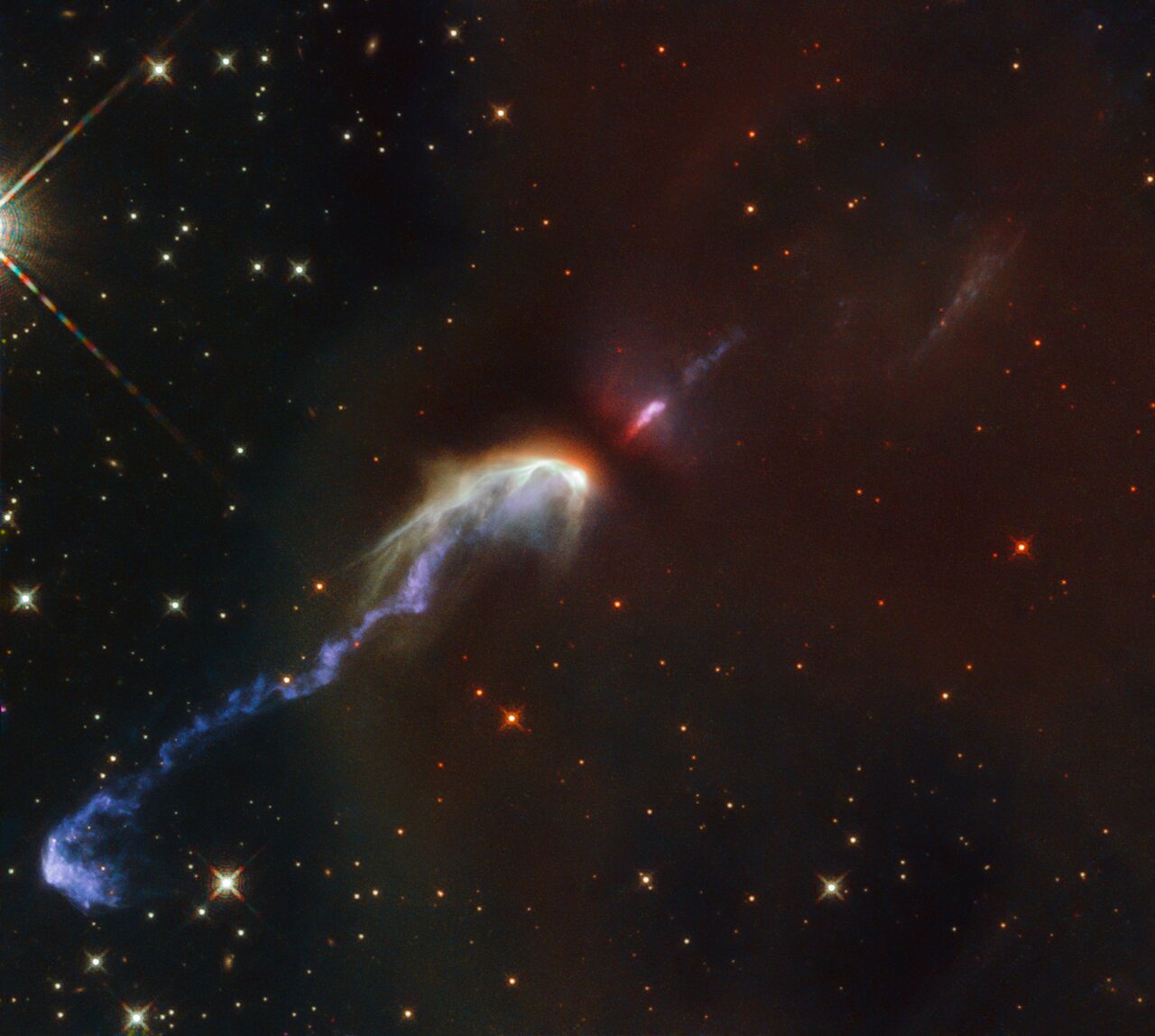
Otis Blackwell (February 16, 1931 – May 6, 2002) was an American songwriter, singer, and pianist, whose work influenced rock and roll. His compositions include “Fever“, recorded by Little Willie John; “Great Balls of Fire” and “Breathless“, recorded by Jerry Lee Lewis; “Don’t Be Cruel“, “All Shook Up” and “Return to Sender” (with Winfield Scott), recorded by Elvis Presley; and “Handy Man“, recorded by Jimmy Jones.
Blackwell was born in Brooklyn, New York. He learned to play the piano as a child and grew up listening to both R&B and country music. His first success was winning a local talent contest (“Amateur Night”) at the Apollo Theater, in Harlem, in 1952. This led to a recording contract with RCA and then with Jay-Dee. His first release was his own composition “Daddy Rolling Stone“, which became a favorite in Jamaica, where it was recorded by Derek Martin. The song later became part of the Who‘s mod repertoire.Enjoying some early recording and performing success, he found his first love was songwriting and by 1955 had settled into the groove that he would ride for decades. His first successes as a songwriter came in 1956, when Little Willie John‘s R&B hit with the sultry “Fever” was an even bigger pop success for Peggy Lee, and “Don’t Be Cruel” began a highly profitable association with Elvis Presley.
more...Carlos Paredes ComSE (Portuguese pronunciation: [ˈkaɾluʃ pɐˈɾedɨʃ]; 16 February 1925 – 23 July 2004) was a virtuoso Portuguese guitar player and composer. He is regarded as one of the greatest players of Portuguese guitar of all-time.
Born in Coimbra, Portugal, in a family with a long tradition of guitar playing, he was taught to play the Portuguese guitar by his father, Artur Paredes. He composed numerous soundtracks for cinema and theatre, such as the soundtrack for the Portuguese film Os Verdes Anos (1963), which contains his famous piece “Canção Verde Anos”. He released several recordings as a solo artist and performed in numerous countries worldwide.
Besides his music career, Paredes also worked in the public service for most of his life. In 1958, during Portugal’s dictatorial Estado Novo regime, he was imprisoned for 18 months for joining the Portuguese Communist Party, at the time an illegal organization.
more...William Ballard Doggett (February 16, 1916 – November 13, 1996) was an American jazz and rhythm and blues pianist and organist. Best known for his compositions “Honky Tonk” and “Hippy Dippy”, he worked with the Ink Spots, Johnny Otis, Wynonie Harris, Ella Fitzgerald, and Louis Jordan.
Doggett was born in Philadelphia. During the 1930s and early 1940s he worked for Lucky Millinder, Frank Fairfax and arranger Jimmy Mundy. In 1942 he was hired as the Ink Spots‘ pianist and arranger.
In 1951, Doggett organized his own trio and began recording for King Records. His best known recording is “Honky Tonk“, a rhythm and blues hit of 1956, which sold four million copies (reaching No. 1 R&B and No. 2 Pop), and which he co-wrote with Billy Butler. The track topped the US Billboard R&B chart for over two months. He also arranged for many bandleaders and performers, including Louis Armstrong, Count Basie, Ella Fitzgerald, and Lionel Hampton.
more...Machito (born Francisco Raúl Gutiérrez Grillo, December 3, 1909 – April 15, 1984) was a Latin jazz musician who helped refine Afro-Cuban jazzand create both Cubop and salsa music. He was raised in Havana with the singer Graciela, his foster sister.
In New York City, Machito formed the Afro-Cubans in 1940, and with Mario Bauzá as musical director, brought together Cuban rhythms and big bandarrangements in one group. He made numerous recordings from the 1940s to the 1980s, many with Graciela as singer. Machito changed to a smaller ensemble format in 1975, touring Europe extensively. He brought his son and daughter into the band, and received a Grammy Award in 1983, one year before he died.
Machito’s music had an effect on the careers of many musicians who played in the Afro-Cubans over the years, and on those who were attracted to Latin jazz after hearing him. George Shearing, Dizzy Gillespie, Charlie Parker and Stan Kenton credited Machito as an influence. An intersection in East Harlem is named “Machito Square” in his honor.
more...Johnny Pacheco, the Dominican Republic-born flautist-turned-bandleader and the co-founder of the influential Fania Records, the label that brought salsa to the global mainstream, died on Feb.15 in Teaneck, New Jersey. He was 85. A cause of death has yet to be revealed; Billboard, citing sources, reports that Pacheco had “been hospitalized for complications stemming from pneumonia.”
A solo artist who released dozens of albums of his own since 1961, and as part of Pacheco y Su Charanga, he recorded and played live as part of the legendary Latin supergroup, the Fania All-Stars, and was awarded a Latin Grammy Lifetime Achievement Award in 2005.
https://www.youtube.com/watch?v=Z6kdbGbfH9c
more...Mardi Gras in New Orleans typically means dancing in the streets, standing shoulder to shoulder with strangers and watching one parade after another roll by while slowly becoming a human bead tree. But Mardi Gras 2021 will be different.
Parades won’t roll. There will be no large crowds or events. The health and safety of our community is a priority, but that doesn’t mean Mardi Gras is cancelled.
In the days leading up to February 16, expect the king cakes to flow in abundance and krewes to find new ways to keep the Mardi Gras spirit alive.
more...NGC 613, a barred spiral galaxy 67 million light-years away in the southern constellation of Sculptor, shows its stunning stellar markings in this image taken by the Hubble Space Telescope. The galaxy, which was first discovered in 1798, is most recognizable by its long “arms,” that spiral around its nucleus clearly.
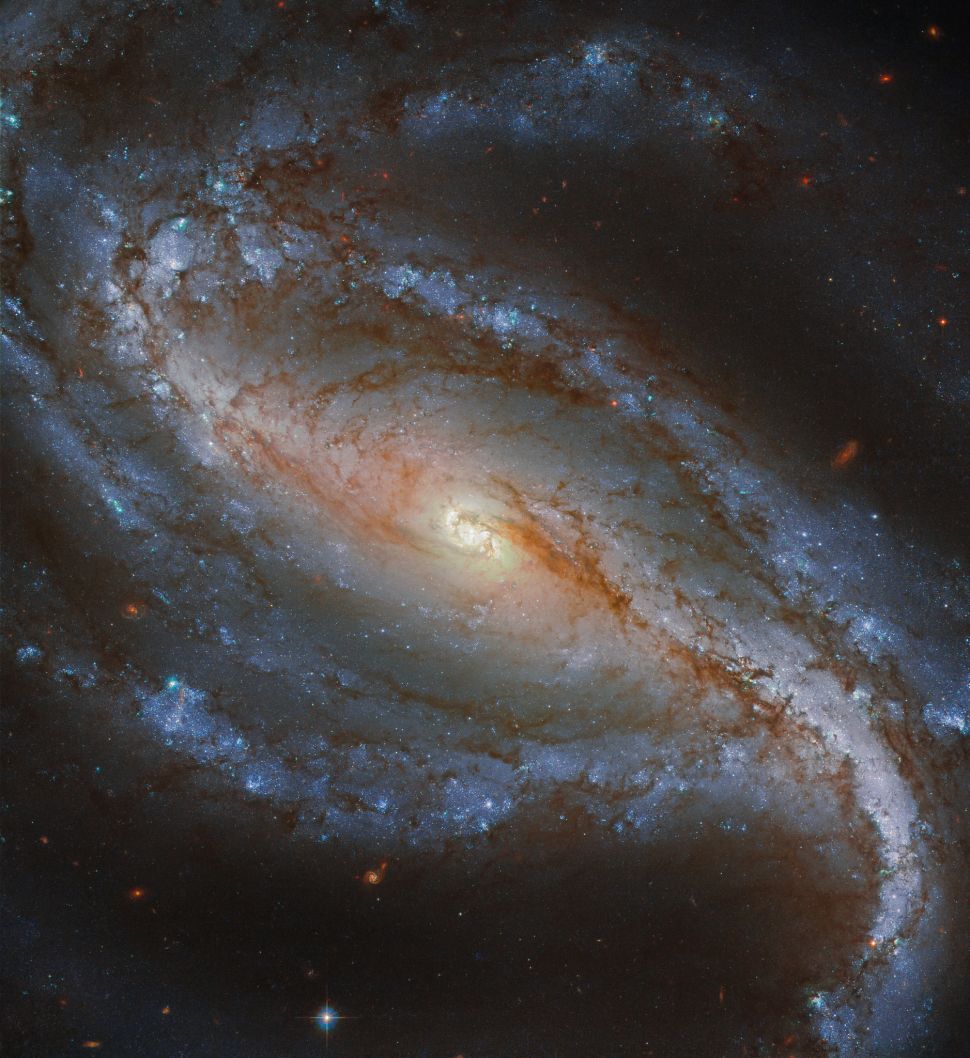
Alistair Ian Campbell (born 15 February 1959) is an English singer and songwriter who was the lead singer and a member of the English reggaeband UB40. As part of UB40, Campbell sold over 70 million records worldwide and toured the globe for 30 years. In 2008, Campbell left UB40 due to a dispute with band management and embarked on a solo career. In 2012, Campbell was announced as one of the three judges on the judging panel of the TV show, New Zealand’s Got Talent. In August 2014, Campbell announced that he had reunited with former UB40 band mates Astro and Mickey to record a new album, Silhouette, released on 6 October 2014.
more...Herlin Riley (born February 15, 1957) is an American jazz drummer and a member of the Lincoln Center Jazz Orchestra led by Wynton Marsalis.
A native of New Orleans, Riley started on the drums when he was three. He played trumpet through high school, but he went back to drums in college. After graduating, he spent three years as a member of a band led by Ahmad Jamal. He has worked often with Wynton Marsalis as a member of the Jazz at Lincoln Center Orchestra and of Marsalis’s small groups. He has also worked with George Benson, Harry Connick, Jr., and Marcus Roberts.
Riley played a large part in developing the drum parts for Wynton Marsalis’s Pulitzer Prize-winning album, Blood on the Fields. He is a lecturer in percussion for the jazz studies program at the Bienen School of Music at Northwestern University in Evanston, Illinois.
more...Kirkland “Kirk” Lightsey (born February 15, 1937, Detroit, Michigan) is an American jazz pianist.
Lightsey had piano instruction from the age of five and studied piano and clarinet through high school. After service in the Army, Lightsey worked in Detroit and California in the 1960s as an accompanist to singers. He also worked with jazz musicians such as Yusef Lateef, Betty Carter, Pharoah Sanders, Bobby Hutcherson, Sonny Stitt, Chet Baker, and Kenny Burrell. From 1979 to 1983 he toured with Dexter Gordon and was a member of The Leaders in the late 1980s. During the 1980s he led several sessions of his own, including duets with pianist Harold Danko. In the 1980s and since he has worked with Jimmy Raney, Clifford Jordan, Woody Shaw, David Murray, Joe Lee Wilson, Louis Stewart, Adam Taubitz, Harold Land and Gregory Porter.
more...James “Kokomo“ Arnold (February 15, 1896 or 1901 – November 8, 1968) was an American blues musician. A left-handed slide guitarist, his intense style of playing and rapid-fire vocal delivery set him apart from his contemporaries. He got his nickname in 1934 after releasing “Old Original Kokomo Blues” for Decca Records, a cover version of Scrapper Blackwell‘s blues song about the city of Kokomo, Indiana.[
Arnold was born in Lovejoy’s Station, Georgia. Most sources give the date his birth as 1901, but the researchers Bob Eagle and Eric LeBlanc give the date as 1896, on the basis of information in the 1900 census. He learned the basics of playing the guitar from his cousin, John Wiggs.
Arnold began playing in the early 1920s as a sideline, when he was working as a farmhand in Buffalo, New York, and as a steelworker in Pittsburgh, Pennsylvania. In 1929 he moved to Chicago and ran a bootlegging business, an activity he continued until the end of Prohibition. In 1930 he moved south briefly and made his first recordings, “Rainy Night Blues” and “Paddlin’ Madeline Blues”, under the name Gitfiddle Jim, for the Victor label in Memphis. He soon moved back to Chicago, where he was forced to make a living as a musician after Prohibition ended in 1933. Kansas Joe McCoy heard him and introduced him to Mayo Williams, a producer for Decca Records. From his first recording for Decca, on September 10, 1934, until his last, on May 12, 1938, Arnold made 88 sides, seven of which have been lost.
Arnold, Peetie Wheatstraw and Bumble Bee Slim were well-known musicians in Chicago blues circles at that time. Wheatstraw and Arnold, in particular, were also major influences on their contemporary, the Delta blues artist Robert Johnson. Johnson turned “Old Original Kokomo Blues” into “Sweet Home Chicago” and “Milk Cow Blues” into “Milkcow’s Calf Blues“. Another Arnold song, “Sagefield Woman Blues”, introduced the phrase “dust my broom“, which Johnson used as a song title.
more...Sadie Perryman born Thursday February 11th 2021 @ 12:02 am just after midnight. Maya & baby doing wonderfully well. My first grand daughter! And brother Hendrix with sister Sadie!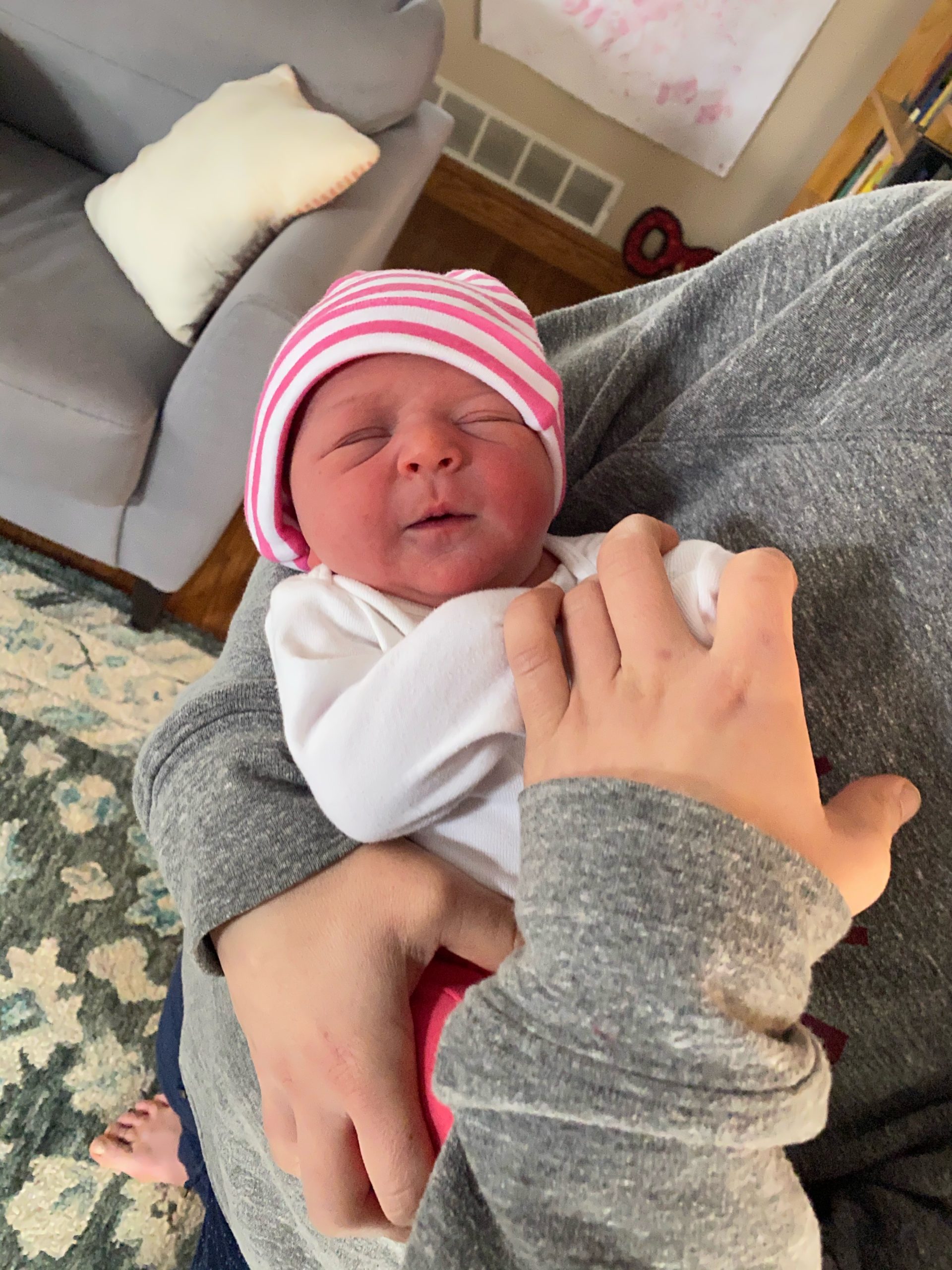
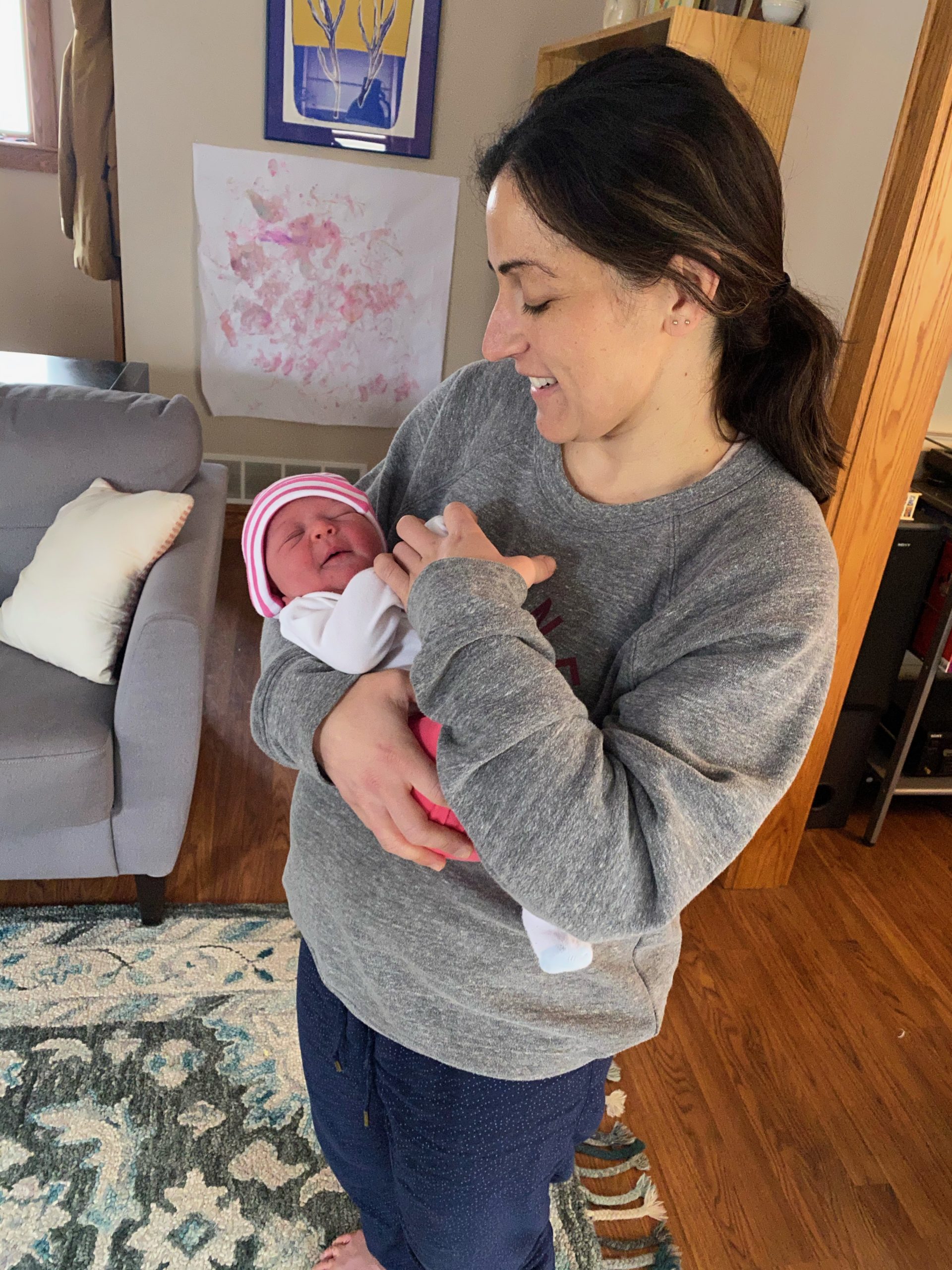
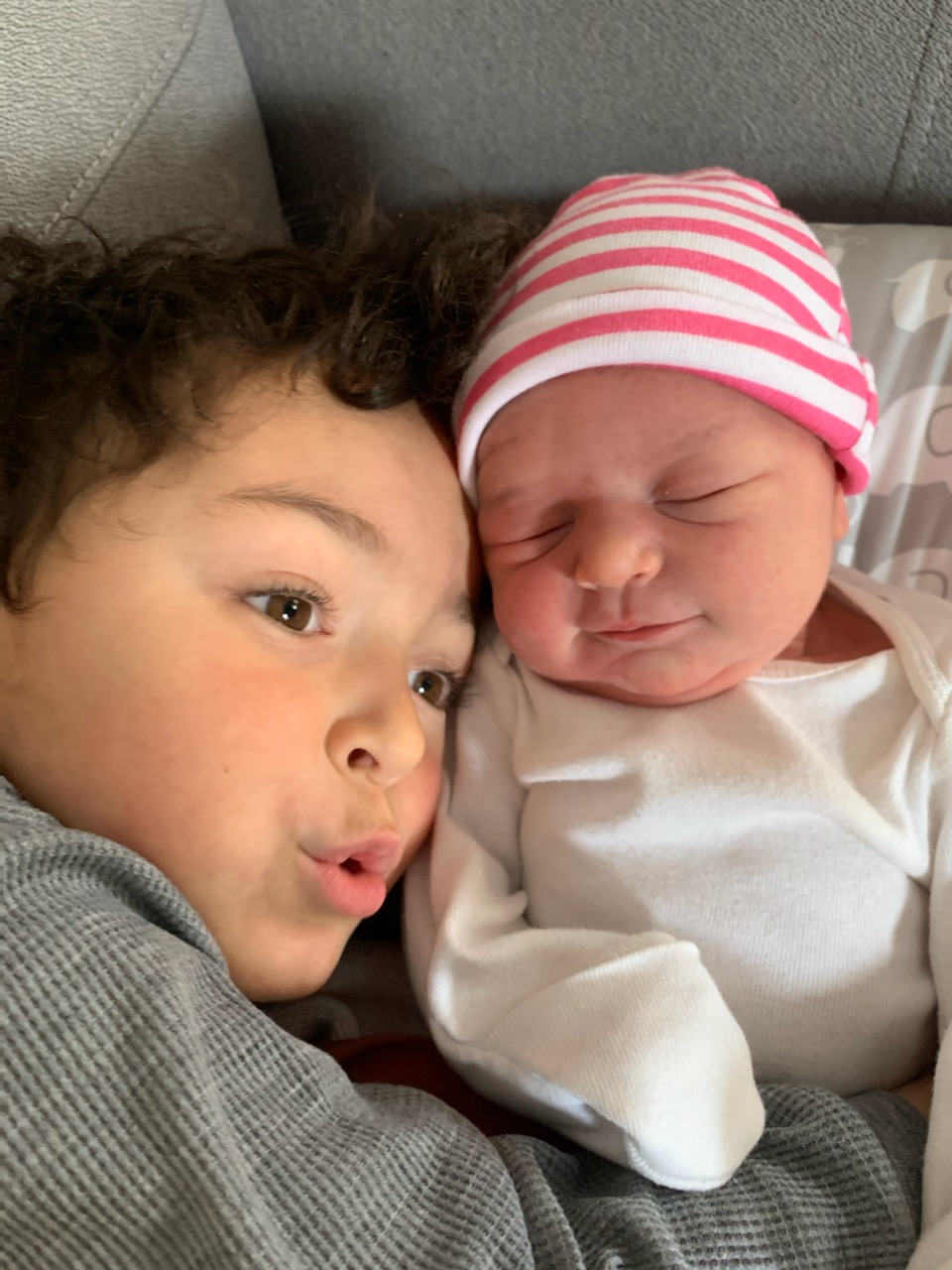
More Posts
- Homesick James
- Fats Pichon
- Jimmy McGriff
- Scott LaFaro
- World Music Trio Da Kali
- Daily Roots Lee Scratch Perry
- Rhythm Roots Workshop Tasks Unlimited
- Cosmo NGC 1893
- Emmylou Harris
- Marvin Gaye
- Leon Russell
- Larry Coryell
- Booker Little
- World Music Cumar Dhuule
- Daily Roots Dennis Brown
- Alien Spaceships Circling Earth
- Challenge to Change
- Cosmo NGC 4945
- Jorge López Ruiz
- Alberta Hunter